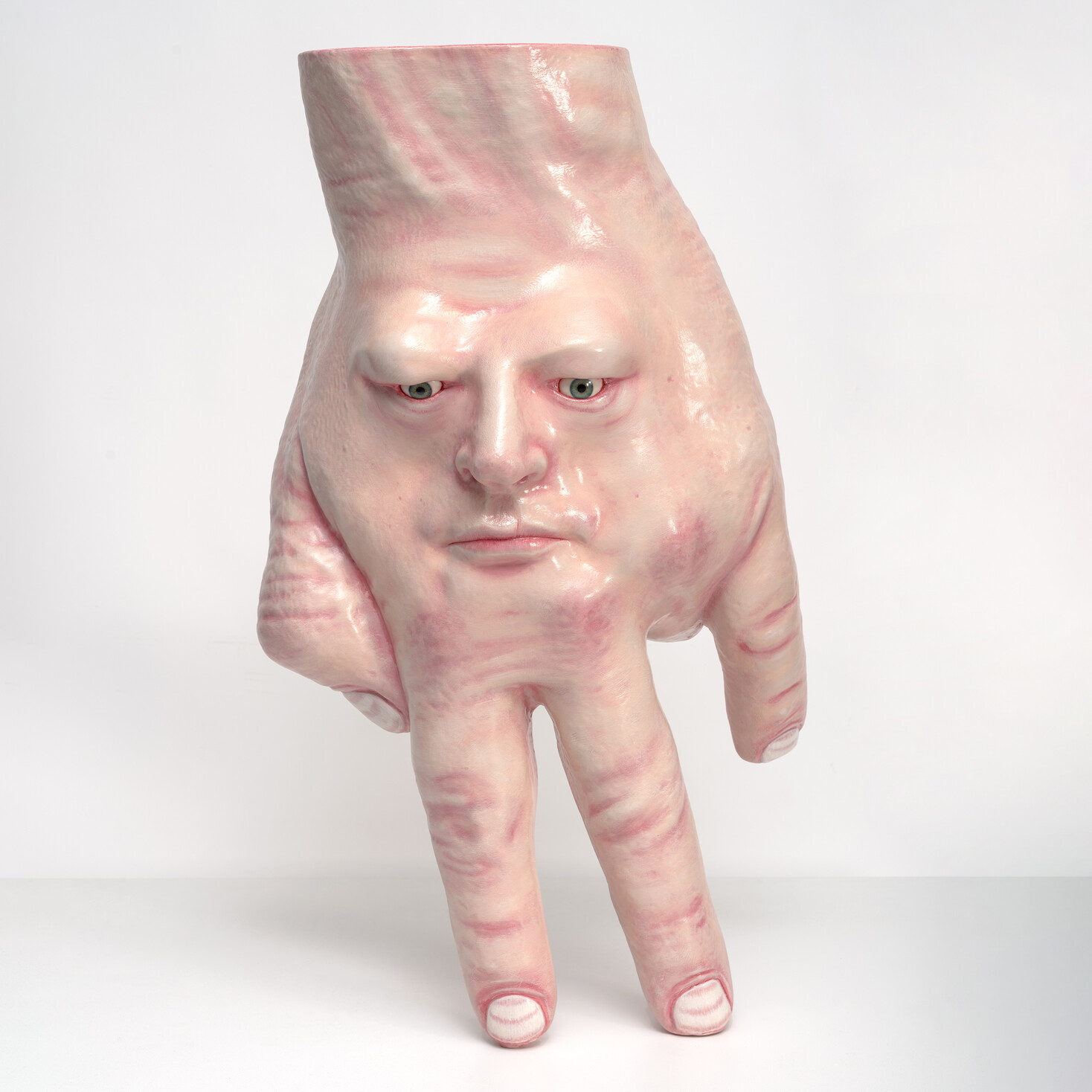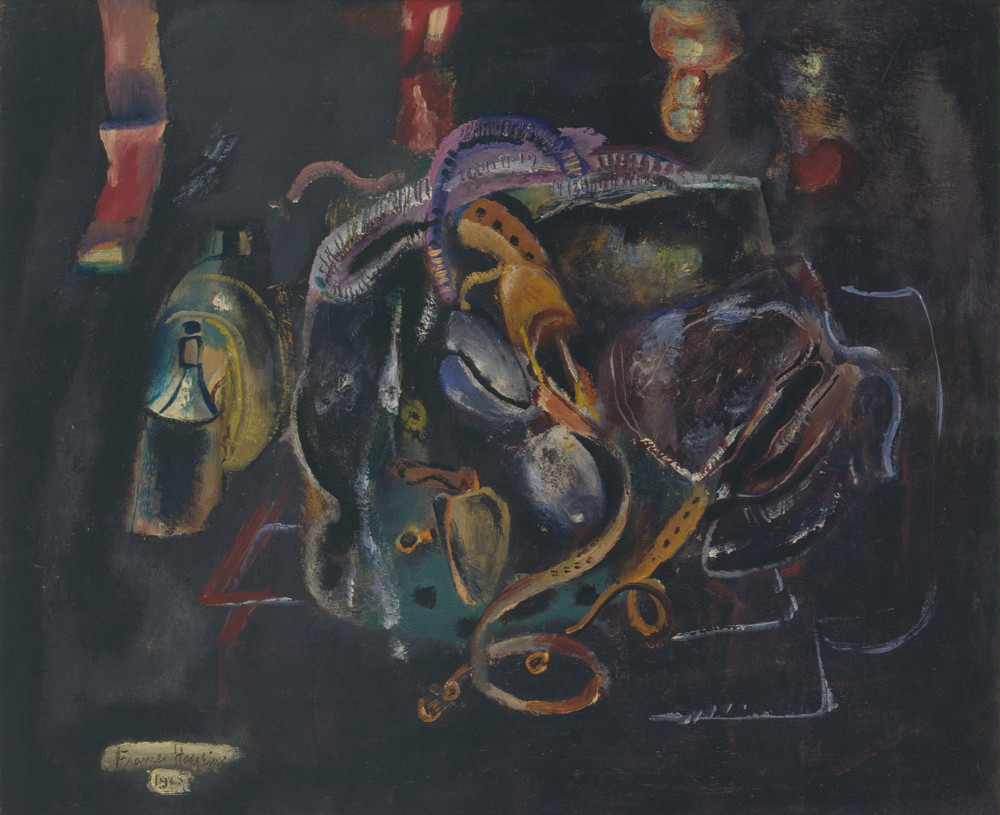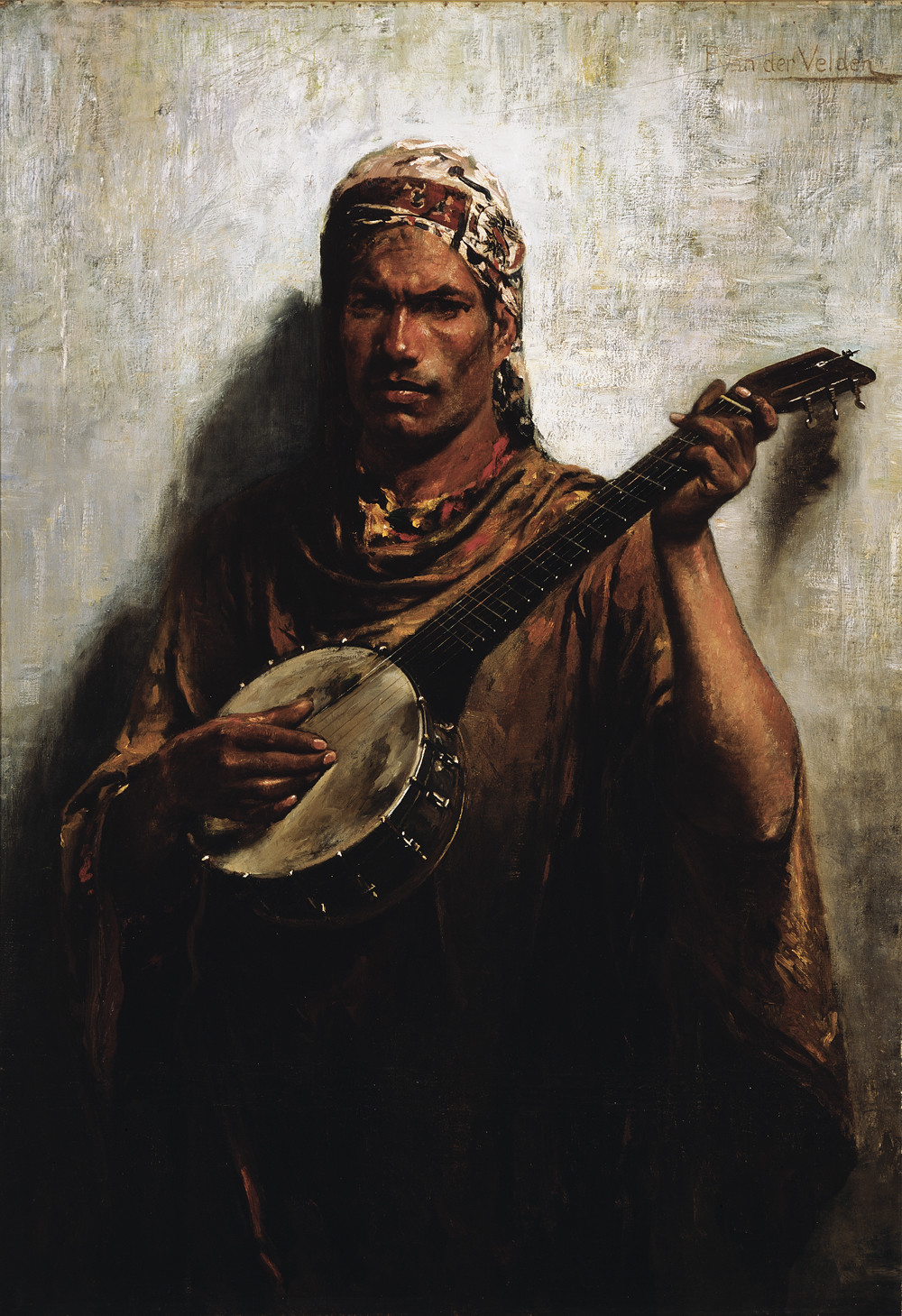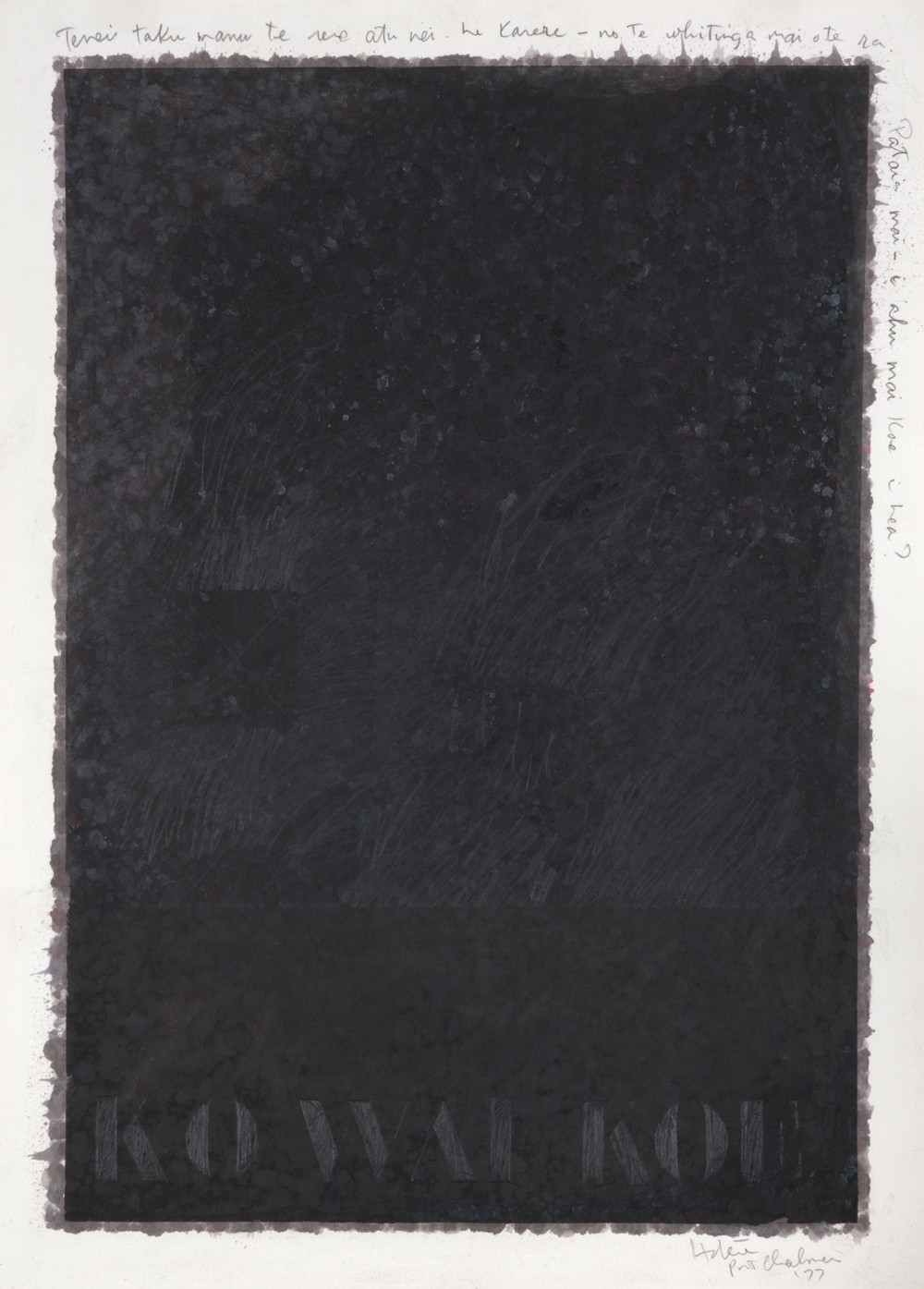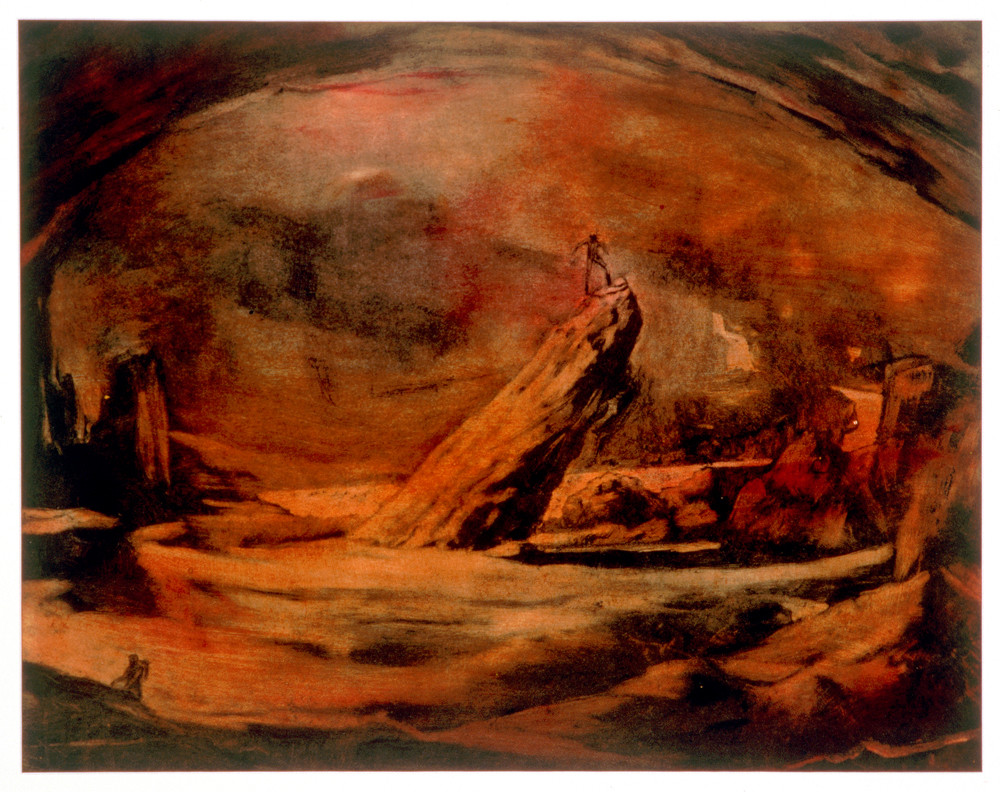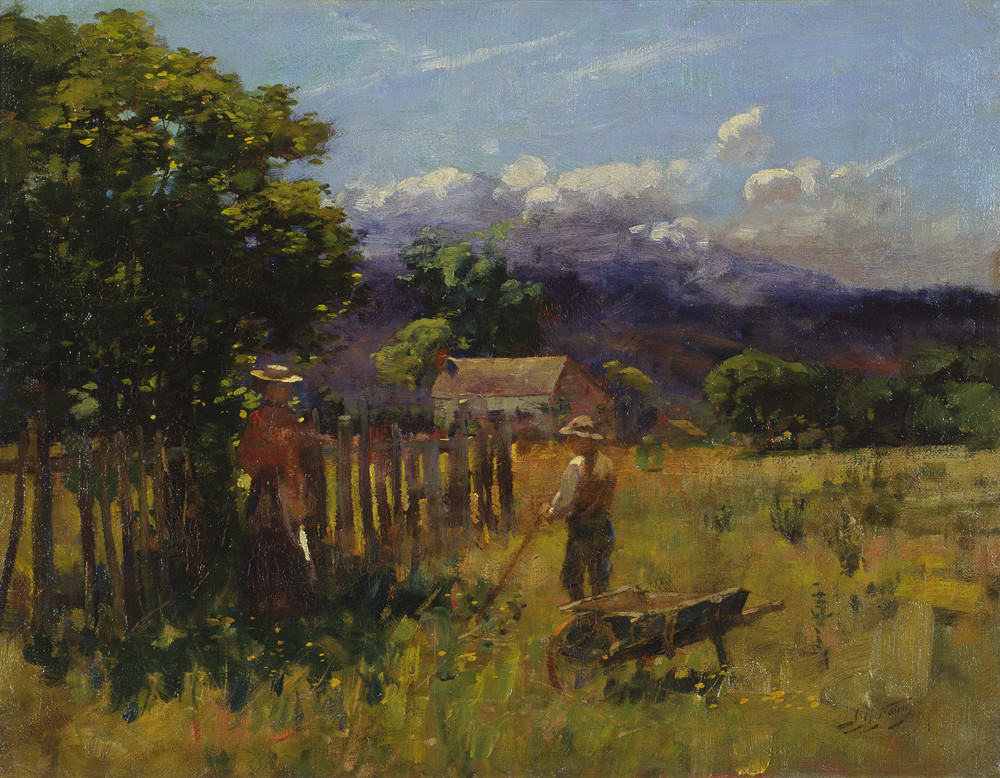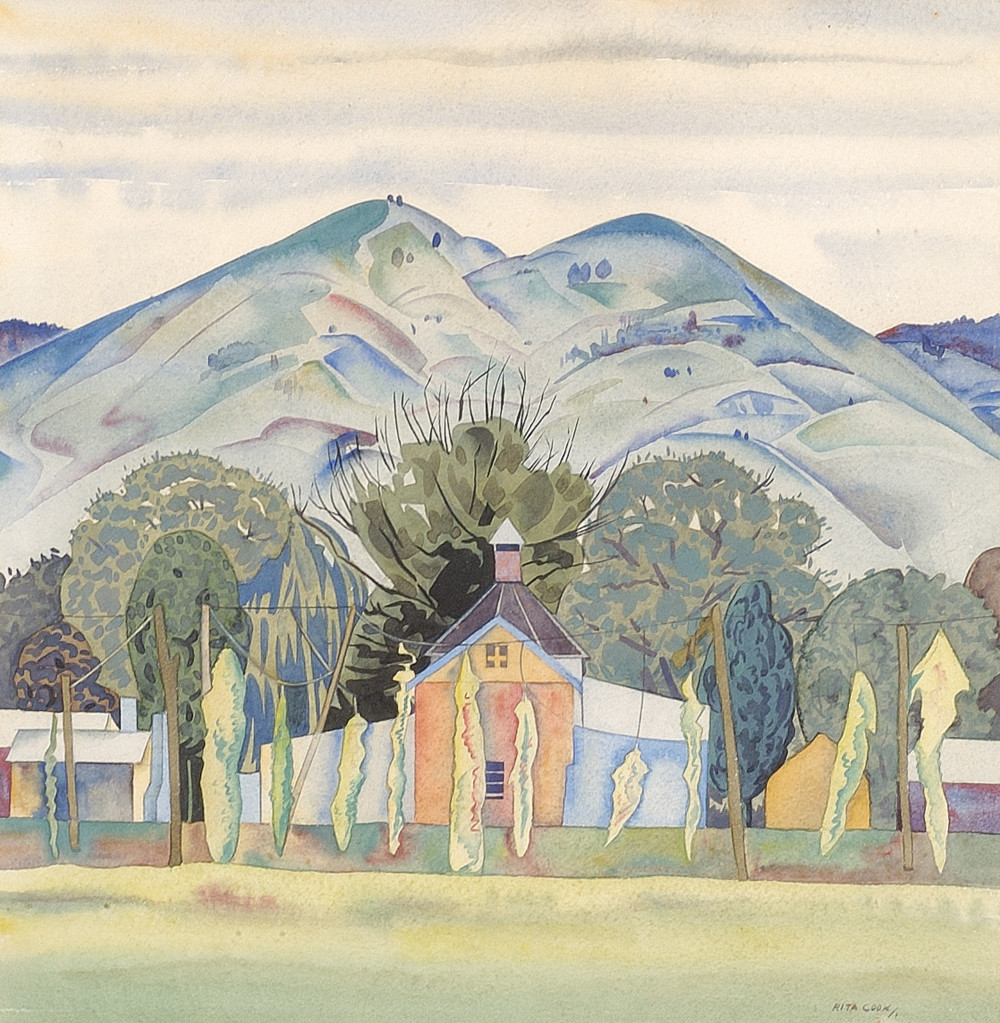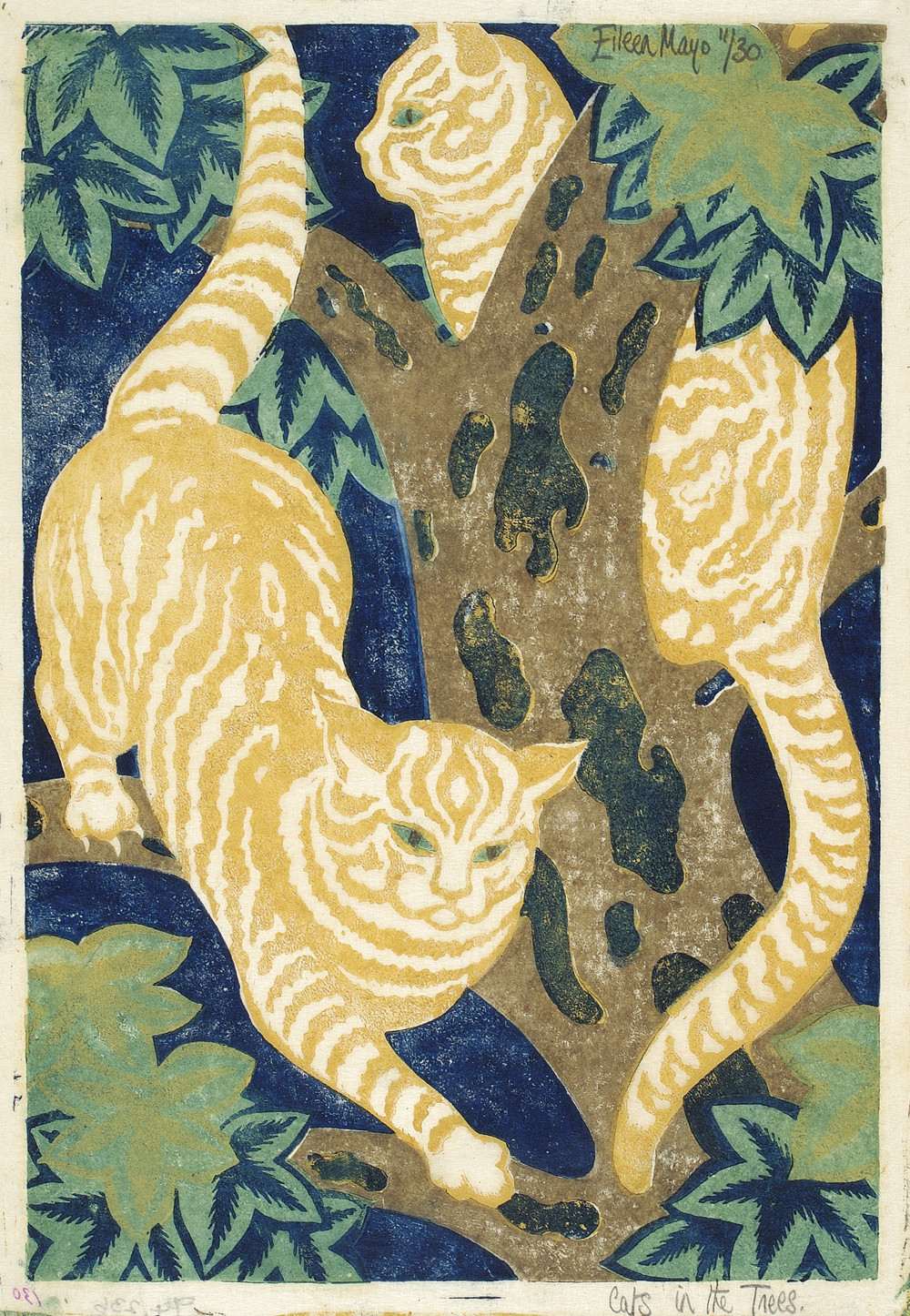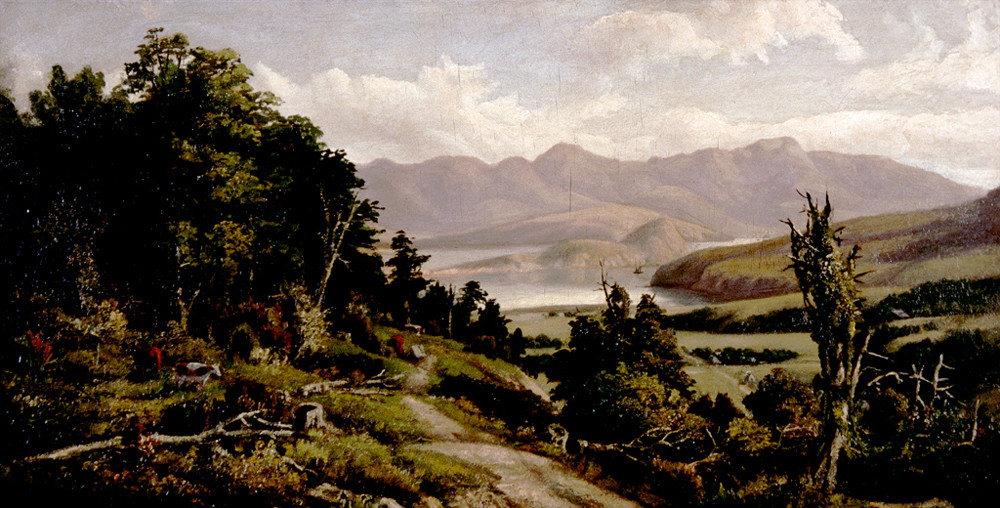What’s On
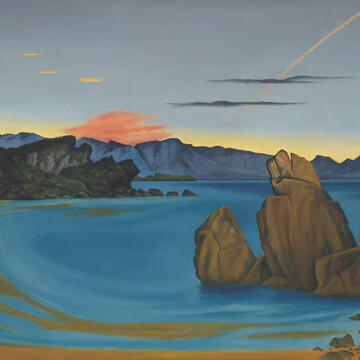
Leo Bensemann: Paradise Garden
A collection of Leo Bensemann’s extraordinary Mohua Golden Bay landscape paintings.
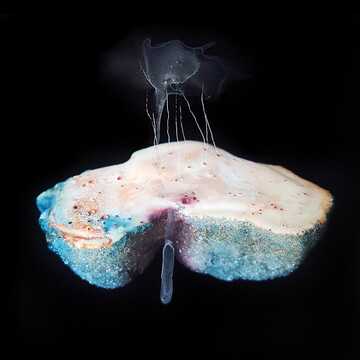
New exhibition now open!
Edwards + Johann: Mutabilities—propositions to an unknown universe
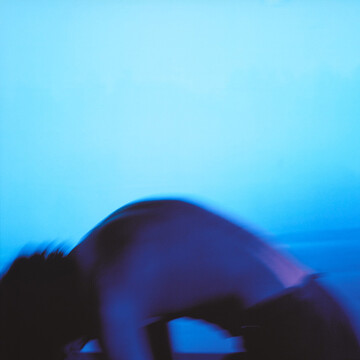
He Kapuka Oneone – A Handful of Soil
Our new collection exhibition is now open.
Open 7 days, 10am - 5pm
Late night Wednesday until 9pm
Free entry, free wifi
